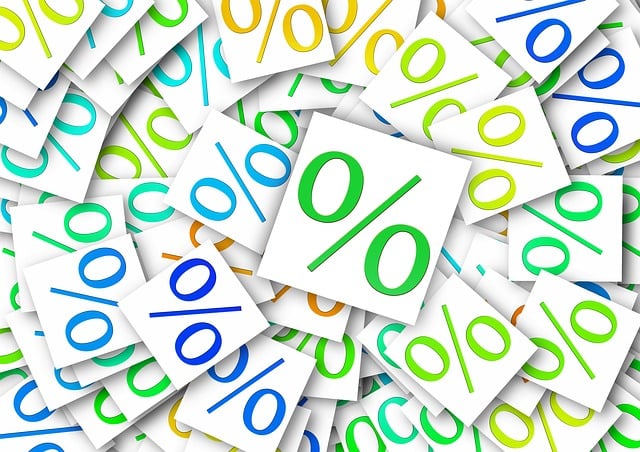Optimizing your website images is crucial for speeding up page load times and enhancing overall website performance. In this detailed guide, we’ll delve into how to reduce image size without compromising on quality, ensuring your site remains quick and visually appealing.
Understanding Image Compression
Before reducing your images, it’s essential to understand the difference between lossy and lossless compression. Lossy compression reduces file size by eliminating some data, which can affect image quality. Lossless compression, on the other hand, keeps your images’ quality intact.
Tools and Techniques for Reducing Image Size
Here are some effective tools and techniques to help you reduce image size:
- Use Adobe Photoshop’s ‘Save for Web’ feature to optimize images effectively.
- Convert images to more efficient formats like WebP using online tools.
- Implement CSS sprites to reduce HTTP requests for images.
Using PageSpeed Insights can also help you understand how images impact your site’s loading times.
Why Choose WebP?
WebP, developed by Google, is a modern image format that provides superior lossless and lossy compression. Websites using WebP images have seen significant improvements in performance. Convert your images with an image to webp online free tool to take advantage of this format.
Optimizing Images for SEO
Optimizing your images is also critical for SEO. Here are some tips:
- Always include alt text with your images using keywords like quality image reduction.
- Optimize your image titles and descriptions to include your reduce image size keyword.
- Ensure your images are mobile-friendly to enhance user experience across all devices.
Remember, reducing the file size of your images should not mean sacrificing their quality. By applying these tips and using the right tools, you can ensure your images are optimized for both speed and visual quality.

